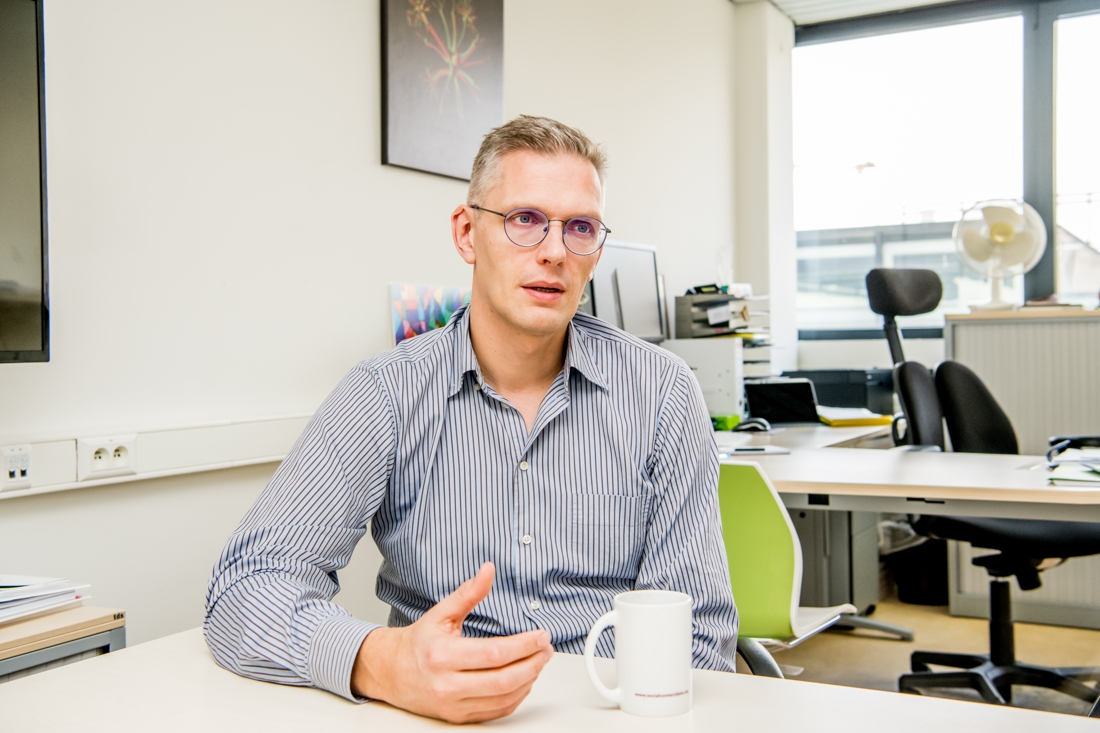With the stricter lockdown measures, the curve of the second wave may fall faster than after the first wave. Biostatistician Niel Hens said this in Terzake on Friday. The partial build-up of immunity could result in a lower reproduction rate and thus a faster decline in hospital admissions and deaths.
–
According to biostatistician Niel Hens (UHasselt), the stricter lockdown measures could lead to a faster “turnaround” in the figures. He also expects the earlier measures of 19 October to gradually take effect. That effect can then be accelerated and reinforced by the additional measures that were decided today / Friday. We may already see a signal “early next week”, says Hens.
In the first wave there were 10,000 victims. Hens expects that this can happen again with the second wave. “10,000 can be a realistic figure, maybe even more”, it sounds. That depends on several factors. For example, there is better treatment, but at the same time the care is under pressure. “The question is whether we will be able to continue to monitor the high quality of treatments,” says Hens.
The biostatistician does think that the stricter measures can ensure a faster decline in the curve. “It could be that the curve will fall faster than the decline in the first wave. This may be due to the partial build-up of immunity. Because a number of people have built up immunity, the reproduction rate can drop below that of the first wave and that can translate into fewer hospitalizations and fewer deaths, ”says Hens.
According to Hens, the experience with the first wave has also taught that one should not relax too quickly.
(Belgian)
– .


